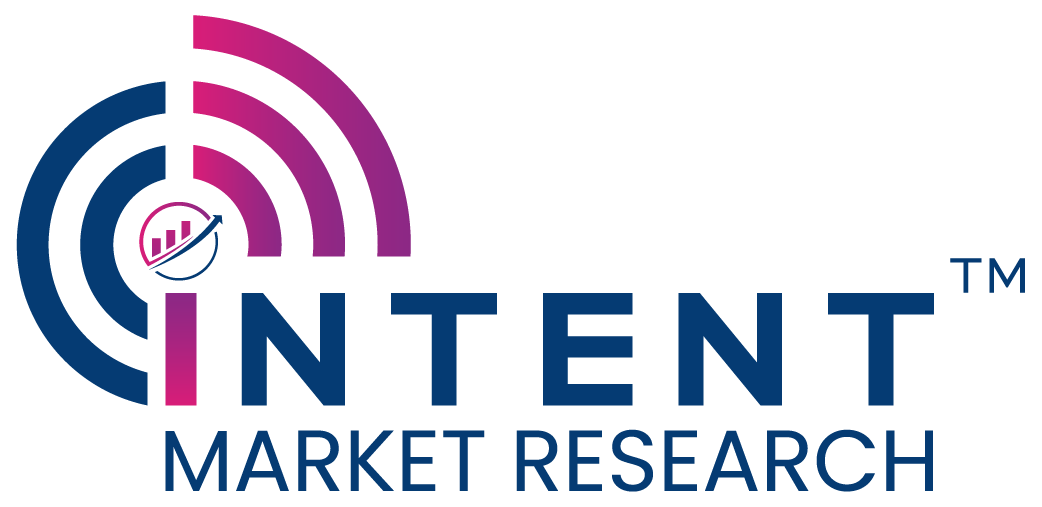Semiconductor Industry Growth Fueled by Modern Technologies is Projected to Boost Semiconductor Chemicals Market
- December, 2023
- Chemicals & Materials
The semiconductor chemicals market size is projected to grow from USD 12.3 billion in 2023-e to USD 29.3 billion by 2030, registering a CAGR of 13.2% during the forecast period (2024-2030). Some prominent players in the global semiconductor chemical market are Air Products and Chemicals, Avantor, BASF, Cabot Microelectronics, Eastman, Chemical Company, Entegris, FUJIFILM, JSR, Linde, Merck, Solvay, Sumitomo Chemical ,Tokyo Ohka Kogyo.
The semiconductor chemical market size is expected to grow from USD 12.3 billion in 2023-e to USD 29.3 billion by 2030, at a CAGR of 13.2% during the forecast period (2024-2030).
Semiconductor chemicals are substances that improve the performance of semiconductors. These are solid compounds that can conduct electricity under certain conditions. Increasing demand for advanced semiconductor devices such as AI and ML chips for a wide range of applications including consumer electronics, automobiles, and data centers is the main driver of market growth. Advanced semiconductor devices require more complex manufacturing processes and use more semiconductor chemicals than traditional semiconductor devices.
Advanced semiconductor devices, utilizing materials such as gallium nitride (GaN) and silicon carbide (SiC), demand different chemistries than traditional materials. As consumer electronics, including smartphones and televisions, become more sophisticated, they rely on powerful semiconductor components such as AI chips for facial recognition and natural language processing in smartphones, and ML chips for image and video processing in televisions.
Automotive applications such as self-driving cars and advanced driver assistance systems (ADAS) require a wide range of semiconductor devices such as AI and ML chips. These devices are used for tasks such as object detection, lane keeping, and adaptive cruise control. Data centers that power the Internet and cloud computing are increasingly dependent on advanced semiconductor devices. AI and ML chips are used for tasks such as machine translation, image recognition, and natural language processing.
![]()
Silicon, a common semiconductor material in solar cells, exhibits unique electrical properties for efficient sunlight-to-electricity conversion. Semiconductor chemicals are used to create photovoltaic cells within solar panels, absorbing photons to release electrons and generate an electric current. The material’s properties influence conversion efficiency. To enhance conductivity, the semiconductor is often “doped” with specific elements, introducing impurities to control electrical charge flow and improve the solar cell’s effectiveness in electricity generation.
Beyond traditional silicon-based solar cells, semiconductor chemicals are also integral in thin-film solar technology. Thin films of semiconductor materials, such as cadmium telluride (CdTe) or copper indium gallium selenide (CIGS), offer flexibility and alternative manufacturing methods. Ongoing research focuses on developing new semiconductor materials and structures to improve the efficiency of solar cells. This includes enhancing light absorption, minimizing energy loss, and increasing the overall performance of photovoltaic systems.
As advancements occur in semiconductor technology, there is a parallel effort to reduce the cost of producing solar panels. This involves refining manufacturing processes and finding innovative ways to utilize semiconductor materials more efficiently. Hence, semiconductor chemicals play a crucial role in photovoltaics, where they help convert sunlight into electricity.
The demand for semiconductor chemicals is rising in countries such as China, India, and Japan, driven by increased electronics demand. In 2022, 101 Chinese-listed semiconductor companies reported positive net profits, reflecting a thriving market. The Indian government’s PLI scheme offers incentives to boost electronics production, projected to reach USD 5.5 billion by 2025, stimulating semiconductor chemical demand. The Indian Electronics and Semiconductor Association expects the country’s semiconductor market to be valued at USD 64 billion by 2026. The Make in India initiative is anticipated to attract investments in the semiconductor industry.
The market is highly competitive with major players operating in the market. In July 2022: Entegris acquired CMC Materials, solidifying its position as a global market leader in electronic materials. This acquisition solidifies its position in the industry with the most comprehensive portfolio and enhanced operational capabilities for applications across the semiconductor ecosystem. Some prominent players in the global semiconductor chemical market are Air Products and Chemicals, Avantor, BASF, Cabot Microelectronics, Eastman, Chemical Company, Entegris, FUJIFILM, JSR, Linde, Merck, Solvay, Sumitomo Chemical, Tokyo Ohka Kogyo

